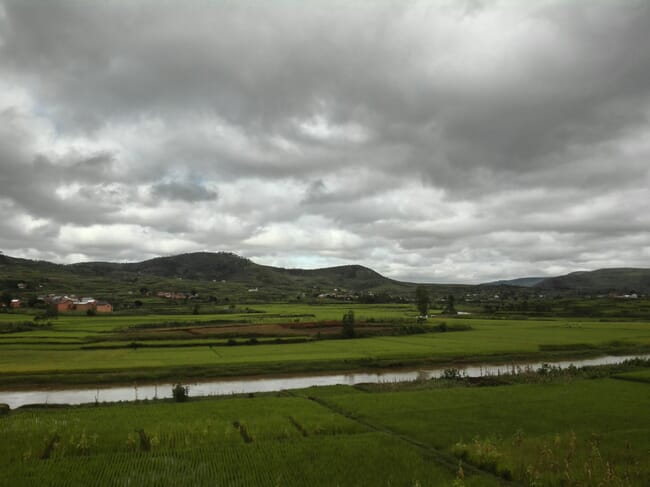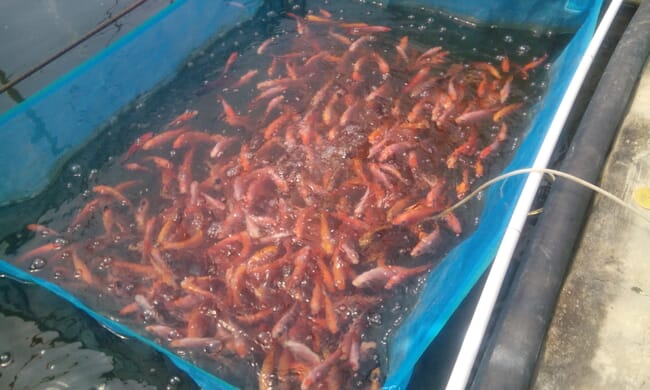
As part of the project, farmers across Liberia’s Gbarpolu, Grand Gedeh, Maryland, Margibi and River Gee Counties received improved tilapia fingerlings to co-culture with Nerica-L19 rice seeds. Members of the Gborfelleh Farmers Association celebrated their first rice harvest with the new method on 26 October, and the first tilapia harvest is expected in the coming months.
Augustine Moore, a farmer participating in the initiative, says that the co-culture method is a new beginning for farmers in his area.
“We were into shifting cultivation, and we harvested just once in the year. But with this improved variety taking only three months to mature, we can harvest rice more than three times a year. If you look at it, the addition of [aquaculture] to rice farming is the way to go for us because we will get money by farming all two.
“This is what that I called, ‘taking farmers out of poverty.’ We don’t have to move from one plot to another anymore. I really don’t see that happening because we now have [multiple] sources of income. We have the rice, the fish and also the vegetable. When we are talking about sustainable farming practices for farmers, this is it,” said Moore.
Background
Though an estimated 80 percent of Liberia’s population is involved in farming, productivity levels are low and the country relies on imports for most major commodities. The country imports around 300,000 tonnes of its staple food - rice - each year, to feed its growing population.
To help shore up the country’s food security and farming capacity, government initiatives and NGOs are hoping to transform low-yielding rice production into a more climate-resilient and high-yield production model. IRFFS project leaders are integrating rice production with fish farming using low-risk technologies. The system promises to use land efficiently and the shorter production cycle helps boost farmers’ incomes.

© Nick James
Farmers are given tilapia fingerlings and Nercia-L19 rice seeds to grow in a paddy field. The rice variety has a three-month growing cycle and the tilapia matures within five months. The fish can reach 60cm in length and 500g on average.
The EU-funded DeSIRA Integrated Rice-Fish Farming System is being implemented by organisations like AfricaRice, WorldFish, Liberia’s Ministry of Agriculture (MoA), Central Agricultural Research Institute (CARI), and the National Fisheries and Aquaculture Authority (NaFAA). The project is expected to run between 2020 and 2023.
Read more about the initiative in the Liberian Observer and Frontpage Africa.




